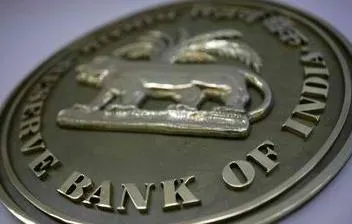
India cuts banks’ reserve ratio to jolt flagging economy
The Reserve Bank of India surprised everyone by reducing the amount of deposits banks must set aside as reserves effective March 10.
The central bank cut the cash reserve ratio to 4.75% from 5.5%. The move is widely seen as an effort to relive a cash crunch in the banking system that threatens to further slow India’s sputtering economy.
The move should add US$9.6 billion to India’s banking system, said analysts. The central bank last clipped the ratio by 50 basis points, or 0.5 percentage point, on Jan. 24.
The unscheduled reduction before a March 15 policy review underscores the central bank’s concern about the worsening shortage of cash in the banking system. That banks borrow some US$27 billion a day from the central bank, or more than twice the unofficial limit, indicates a worsening cash shortage.
The central bank also injected US$24 billion into the banking system this fiscal year by purchasing government bonds to ease the liquidity shortage.
Cash availability with Indian banks fell after the central bank bought rupees to halt the decline in the currency and companies borrowed to finance imports.
















 Advertise
Advertise






